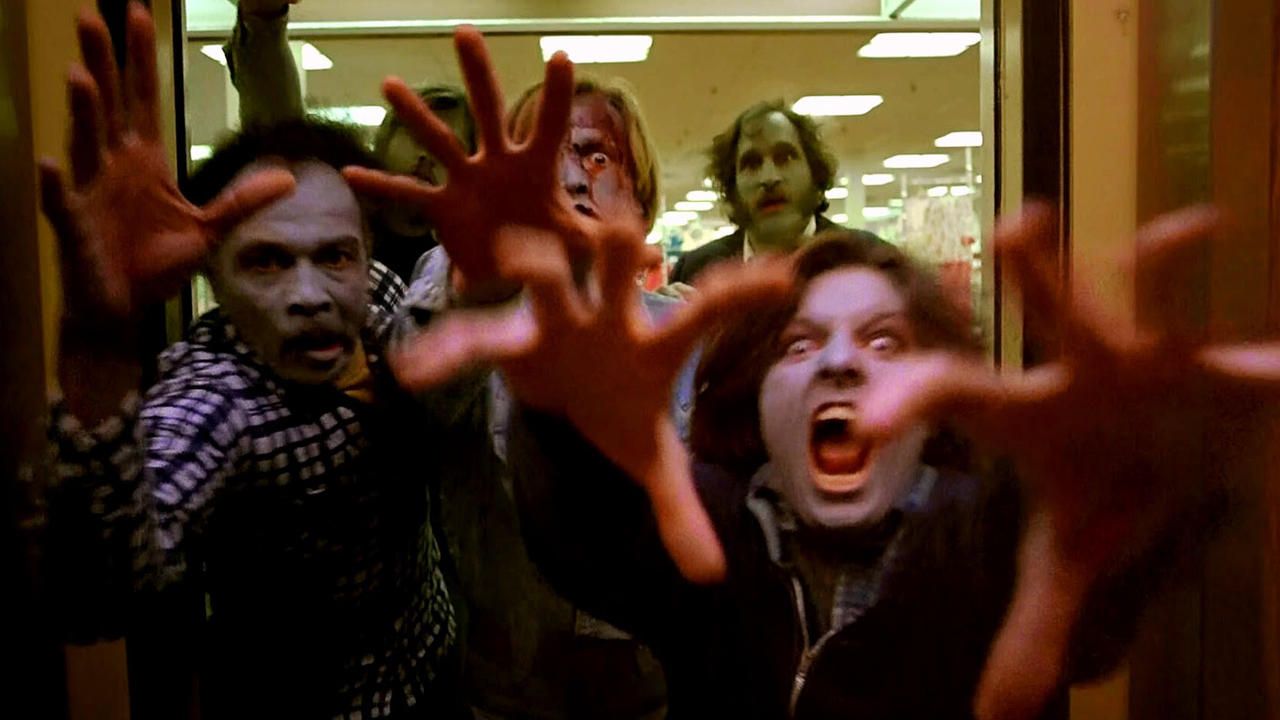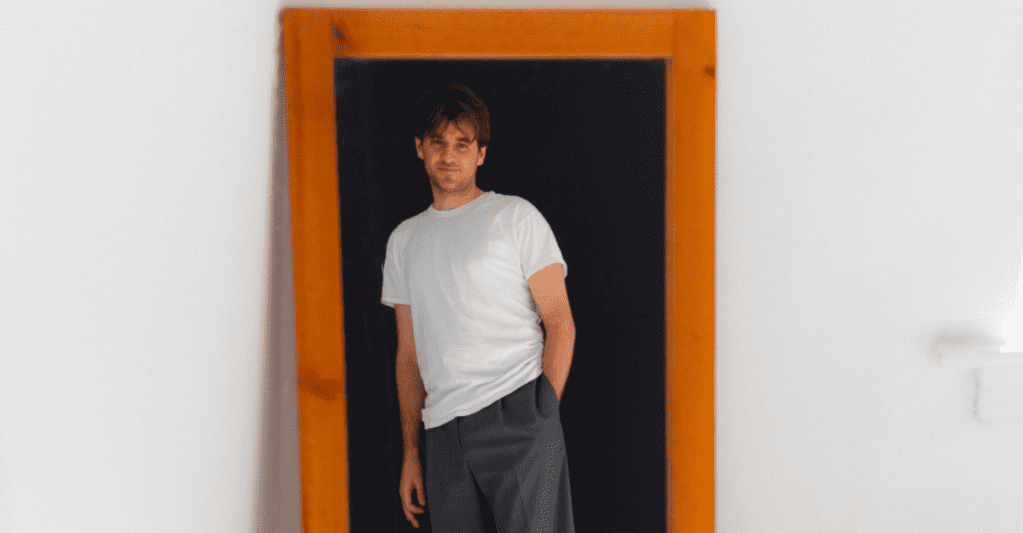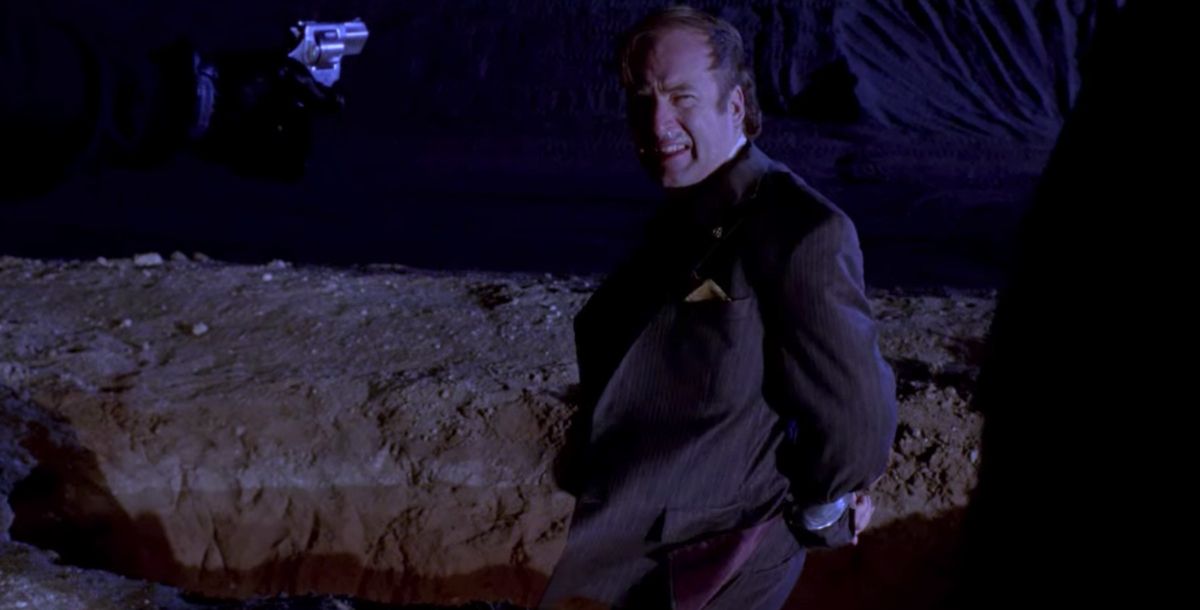#Why and How Zombies Became So Popular

Table of Contents
“#Why and How Zombies Became So Popular”
History Of The Undead
Despite the undead entertaining and terrifying people through film and television, the idea of the zombie was feared long before modern visual mediums. The myth dates back to Haitian origins from the 17th and 18th Century. African slaves worked on sugar plantations, and the original zombie wasn’t like the gory, brain-obsessed ones that we know and love, but akin to the slaves who were tragically worked to death. The slaves believed that at death, their souls would be released to an afterlife where they would be set free. Not everyone had this pleasure though, as suicide was common amongst the slaves– those who took their own lives would not be set free. Instead, they were sadly sentenced to prowl the Hispaniola plantations for the rest of time, trapped in their undead bodies. Thus, the zombie was created.
This evolved into becoming part of thr fascinating Haitian voodoo tradition, where people believed that the dead were revived as zombies from enchanters or priests (known as a Bokor) for the purposes of continued slavery. This was done with magical potions, often created as some kind of zombie powder, a hallucinogenic potion which kept zombies submissive.
So how did zombies make their way to TV and become the flesh-eating monsters that we’re obsessed with?
How Zombies Made It To The Screen
You might not think that the tragedy of slavery and racial politics have anything to do with our beloved zombies on screen today, but George Romero’s Night of the Living Dead certainly amplified the racial tension of 1968 with his protagonist, Ben, played by African American actor Duane Jones. With an otherwise entirely white cast, Ben is the only black character in the movie and becomes the only survivor as the movie progresses. Ben might have survived that long deathly night, but he couldn’t survive the Sheriff, being shot to death by a living human in a scene uncomfortably reminiscent of recent police killings of Black men. Anxiety over race and the call for civil rights in America was undeniably at it’s highest during the late ’60s, and as Dr. Martin Luther King’s assassination occured in the same year as this film was releaed, fans believe this movie symbolized what was happening (and still happens) to people of color.
The ending to this film clearly shows that humans really can be worse than monsters sometimes, a theme Romero returned to again and again in his work (especially Day of the Dead). Although the director insisted that the film was not intentionally about race, it can’t be denied that Night of the Living Dead retroactively offers great opportunities for social commentary, and has become an esteemed racial allegory.
There’s not a person alive (or undead) who isn’t aware of zombie movies. Although Night of the Living Dead is iconic to zombie cinema, it wasn’t the first time that the walking dead entertained movie audiences. Before they got so popular, Victor Halperin’s 1938 film White Zombie, starring Bela Lugosi (Dracula), paved the way. Drawing upon the Haitian origins, Lugosi plays a voodoo master, turning people into zombies to work on a sugar-cane mill while devising an evil plan to turn a young couple (who arrived in Haiti to be married) into his zombies. White Zombie became known as the first-ever feature-long zombie film and inspired the future of horror, helping to create cinematic zombies as a subgenre.
The Zombies Take Over
The early-to-middle 2000s were swarming with zombies. These films were not only providing us with traditional horror scares, but were also tackling themes of racism, political anxieties, and ideas of conformity, perhaps as a response to 9/11 and collective social fears. Cinema screens were greeted with 28 Days Later (2002), which gave its audience a feel for a terrifying, post-apocalyptic world. With its frighteningly fast, extremely contagious creatures, the film reactivated a love for zombie movies, indicating that there was much more to come. Following 28 Days Later (and its subsequent sequel), the extremely popular Resident Evil (2002) and Dawn of The Dead remake (2004) signaled a new golden age of the undead. Frank Darabont’s The Walking Dead worked its way up to becoming one of the most-watched series of the past decade, spawning spin-offs and hooking even more fans on zombies.
While people loved a great, traditionally scary zombie film, the contrast between terrifying, unrealistic situations and the banality of everyday normal existence can bring both tension and humor. Zombie fans love comedy zombie movies, or ‘zom-coms;’ although everyone debates how they would handle a zombie apocolypse, the comedy stems from the unrealistic solutions that are presented to average people who aren’t actually action stars. For example, films like Zombieland (2009), Shaun of the Dead (2004), and The Dead Don’t Die (2019) put a comedic twist on the typical zombie scenario. Shaun of the Dead followed two best friends who come up with a genius plan of saving Shaun’s girlfriend, mum, and step-dad, then hiding out in the pub and ‘waiting for it all to blow over.’ Zombieland detailed the monotonous routines of people who are trying to ‘stay limber’ and avoid the undead, all while taking a cross-country, Twinkie-eating tour of the States. Combining the completely unrealistic with the realistically mundane was totally brilliant fodder for comedy. This may explain why books like The Zombie Survival Guide by Max Brooks are so popular.
Not only do audiences love the unrealistic nature of a zombie apocalypse, but the violence presented to viewers in these movies is something they’re attracted to, and is definitely one of the most-loved aspects of zombie cinema. What exactly is so entertaining about the gory elements here? The idea of the undead provides nearly infinite variations on special effects and creative kills that most gory films simply don’t tap into. The fact that we sit and think, “yeah, I could definitely do that,” certainly has something to do with it, too; there is something about slow-moving and idiotic monsters which allows audiences to insert themselves into the pictures and elevate their own competency. Perhaps people underestimate what it takes to fight off a swarm of flesh-eating zombies, but almost everyone thinks they can handle it, and that’s exactly what makes these movies so entertaining. It might also be tuning into our fantasies of escapism, the idea of leaving society behind and focusing purely on survival (something which has certainly become more prevalent in the age of pandemics). Everyone uses their imagination and wonders what it would be like. The naturally embedded human instinct for survival surfaces with these films, thanks to zombies.
Ultimately, these brain-eating fiends really do allow viewers to ‘open their minds,’ imagining a post-apocalyptic fantasy world while still getting some good laughs in. But who’s to say it’s completely unrealistic? The past couple of years have certainly shown us the increasing possibility of apocalypse, so put on a zombie film, limber up, and get out the survival guide. You might be needing it.
Read Next
About The Author
If you liked the article, do not forget to share it with your friends. Follow us on Google News too, click on the star and choose us from your favorites.
For forums sites go to Forum.BuradaBiliyorum.Com
If you want to read more Like this articles, you can visit our Social Media category.




